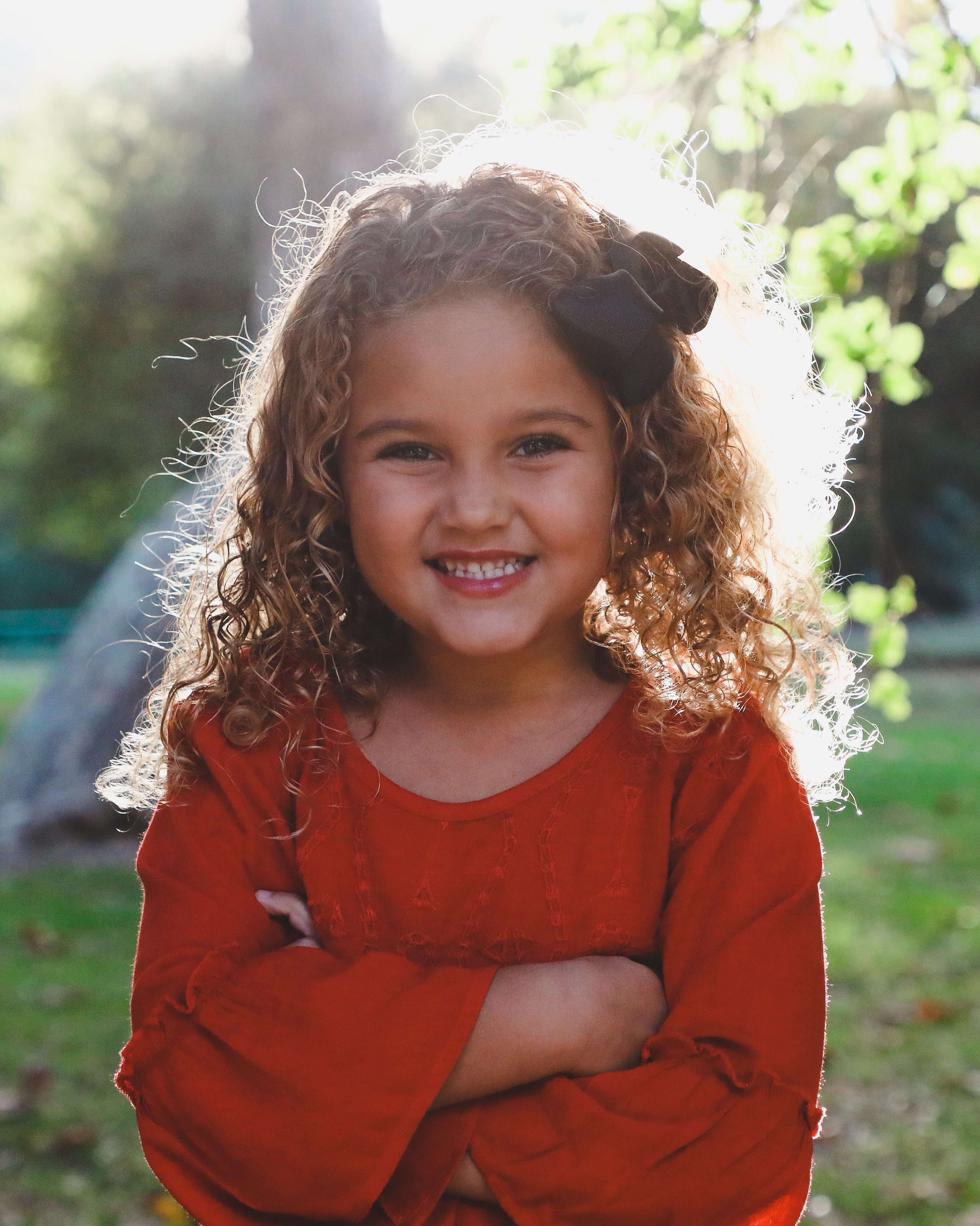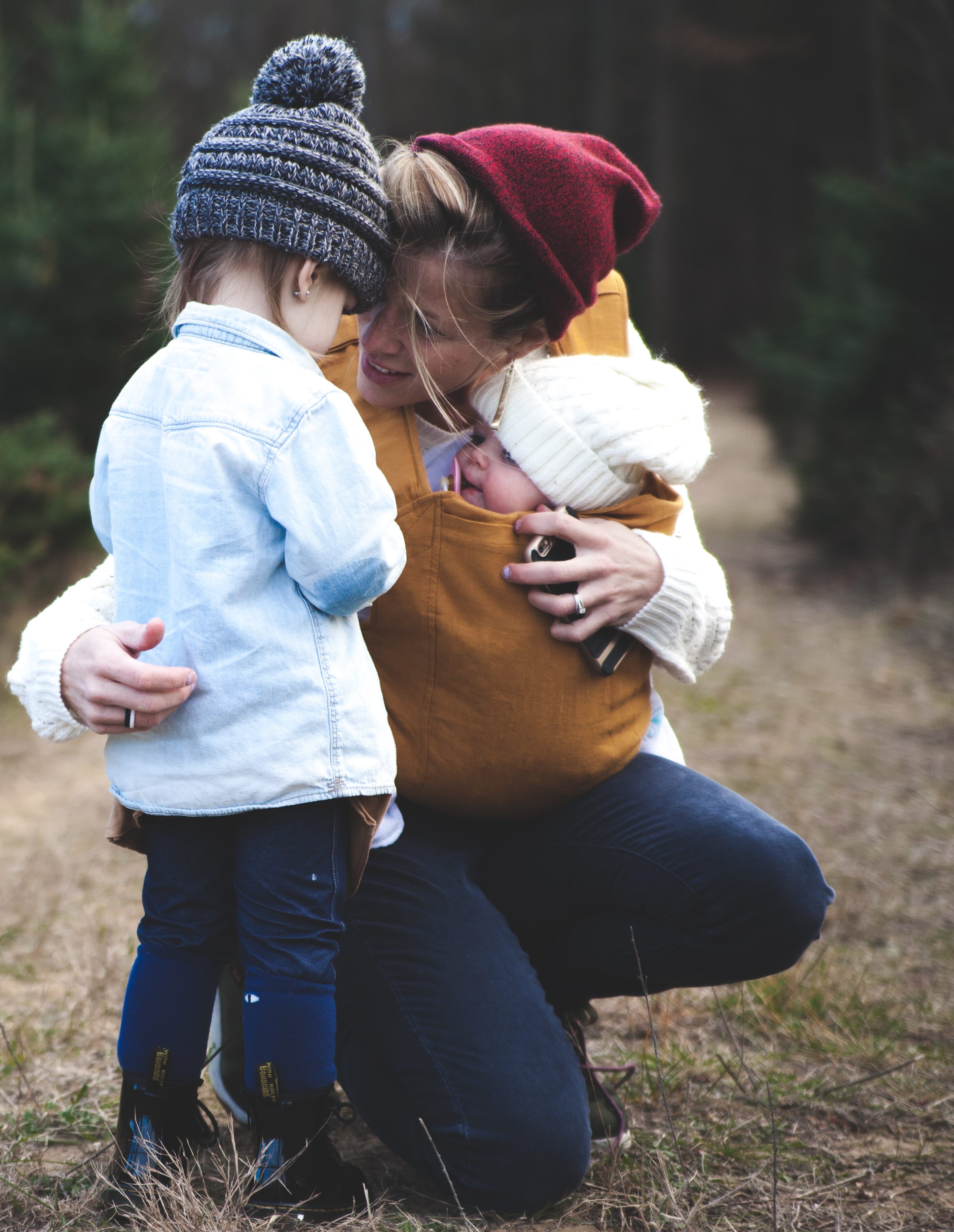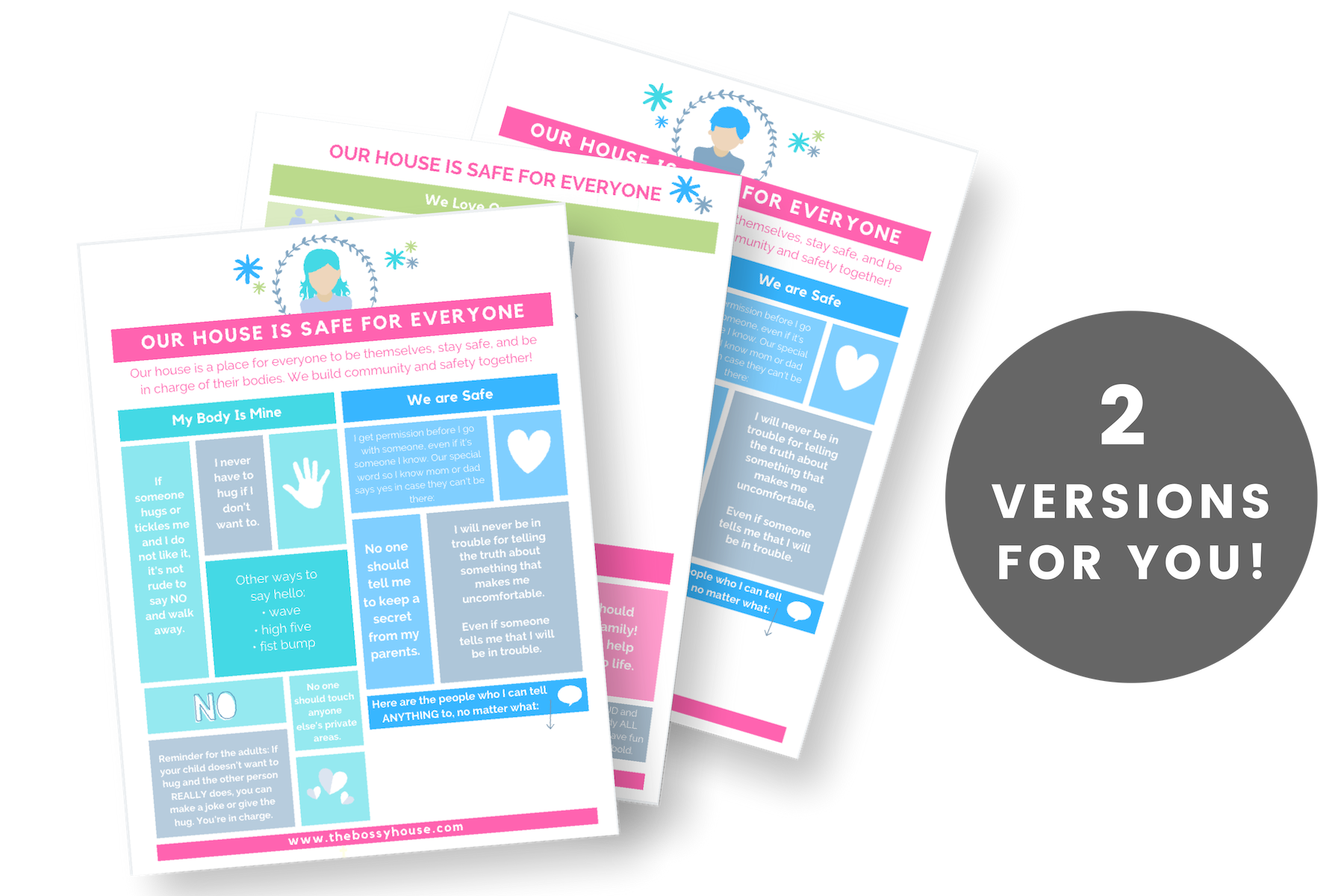
Seeing our girls grow up brings back memories aplenty. Watching my daughter delight in the strength of her body and the pure joy of kicking a soccer ball reminds me of all the intrinsic goodness we are born with, and how our bodies are a part of that.
But I know that’s not how she’ll experience her body forever. I know she’ll get messages about her body being less than powerful, about herself as weak or small, and her naturally changing body as weird and gross. I know the sexism that will come in on her as a girl, and how much of that is directly connected to the kind of body she has.
How is this connected to building a culture and foundation of consent?
The more confident our girls feel about their body, the more likely they are to stand up for themselves later. If we block a huge amount of humiliation about her body from taking hold now, our girls will be less likely to tolerate later humiliations.
The humiliation that is heaped on girls about their bodies demands silence and shame. How can we, as moms, prepare our girls for an imperfect world by giving them a foundation of confidence and pride in their bodies?

In this four part series on consent, I tackle: respect for her physical body, what it means that her body belongs to her, the concept of body acceptance, and how teaching your child about consent means honoring her mind so she can voice her opinions and trust her instincts.
Here, in this third installment, I write about the idea that her body (and everyone else’s) is just fine the way it is.
Stay tuned for a free printable on teaching consent at the bottom of the post!
Every Body Is Just Fine
Very early, girls start learning that their body is gross. My daughter has reported to me that vulvas are gross. A month ago, she had no opinion about her vulva! How did this happen? This stuff comes in as early as 4, and it hurts our girls’ sense of the rightness of their bodies.
The messages are prevalent. Just the idea that women are not supposed to visibly sweat or have their naturally occurring body hair, let alone discuss their monthly menstrual cycle (that the majority of our population experiences) cement the idea for our girls that there’s something gross about their bodies.
And even just the pervasive cultural acceptance of the workload it takes to own a female body sends a message that makeup, curling irons, and styling gel are required work for a girl. Her own body, however it is, is not welcome.
It’s shame over our bodies that sets the foundation for early humiliations and passive sexual experiences.
Recently the most progressive new Congresswoman posted on instagram about her daily skincare routine and, let me tell you it is an eight step process that happens BEFORE makeup and makeup is clearly something that is just a given. As in she wears it most every day.
I have no judgement if someone wants to have this kind of beauty routine each day. But that this is what the most notable progressive woman in America is doing every day to leave the house is remarkable for its complete adherence to traditional beauty norms. Even the most progressive feminists in our era are putting in the time to look "beautiful."
Though boys and men have their own struggles, women and girls are targeted with messages about their appearance and their body that reinforce shame. When it looks to you, as a young girl, that making your face smoother, brighter, and more tan is not just fun but required for leaving the house, something about the acceptability of your body is called into question.
It’s shame over our bodies that sets the foundation for early humiliations and passive sexual experiences. When we see our bodies as fundamentally flawed because of our female-ness, we lose our power and our sense of the rightness of who we are.
Women are fighting this in many signficant ways. From Jameela Jamil speaking out against body shaming (and the subsequent #IWeigh movement that focuses on women’s worth and experiences rather than their weight), to the new research pointing to how prevalent this body shaming is and how early it starts for girls, all of us have a role to play in helping to shape the future for the next generation of girls. As parents, we can give prepare them for the body shaming world we live in by inoculating them against shame at home and building their body confidence.
Moms Play an Important Role
I try to never comment on her body. As in “You have such a strong and cute body” or “Your legs are growing so tall you’re outgrowing those shorts” or “I think your big tummy is so cute” all of which complete strangers have told my child.
I try not to comment on her body because it’s none of anyone’s business. Also, to a 5 year old, their body is just right and fine the way it is. They haven’t learned that there is anything too tall or too big, or more cute or less pretty about their body at all. I’m trying to keep it that way as long as possible.

Oh, I also try not to comment on my body. As in “I wish these jeans fit me better” or “I used to fit into those jeans before I had you.” I try to remember that my body, too, is just fine the way it is. And even if I can’t believe it today, I know she’s listening and I follow the protocol.
We should enjoy the bodies we have, the way they look and the things they can do.
Having goals about your body related to health, strength, and flexibility—totally fine. The participation in the near-constant activity of improving your body and your appearance? Total B.S.
We should enjoy the bodies we have, the way they look and the things they can do. Every girl deserves to feel at home and proud of her body. Whether it’s following these simple feminist tips for getting a bikini body or venturing into body convos with ease, moms have a very real part to play in showing our girls what it means to be comfortable in our own skin.
Tips for Deflecting Shame
From being teased about growing breasts to being casually sexually assaulted, we women know very well the multitude of humiliations that we have endured.
If we felt less shame about our bodies, we’d have been much more likely to say “Hey STOP IT!” when that kid in our P.E. class “accidentally” kept brushing up against our butt. Part of building a foundation for consent begins with our girls having the self-possession to know when something seems right or wrong and being confident enough to say something about it.
The consequences of a negative body image are just too great. There are conversations you can initiate with your daughter at any age, but the best tactic is to live by example. What ways can you, yourself, honor your body the way it is and show your daughter what it means to inhabit your own body with confidence and pride? Let’s lead by example, moms!
The main message for all of us? You are fine the way you are. Your body is fine the way it is. There are a huge variety of ways to have a body, and yours fits in just fine.
Get my free printable on teaching consent and body safety!

Read All Four Posts on Consent
- 1First Installment: Raising a Girl AND Building a Culture of Consent
- 2Second Installment: Her Body Belongs to Her
- 3Third Installment: Body Acceptance
- 4Fourth Installment: Honoring Her Mind So She Finds Her Voice
